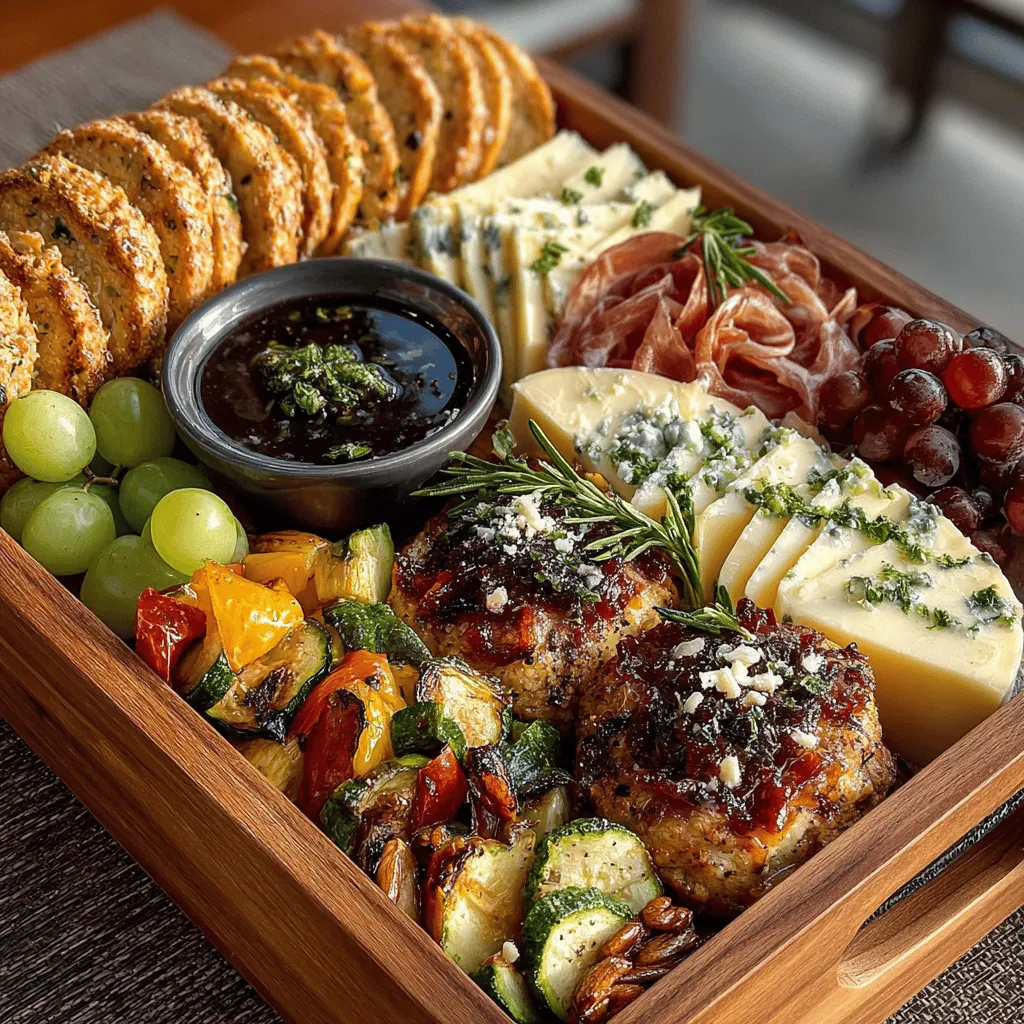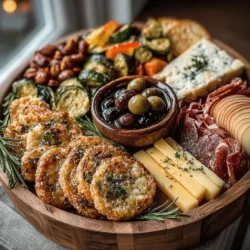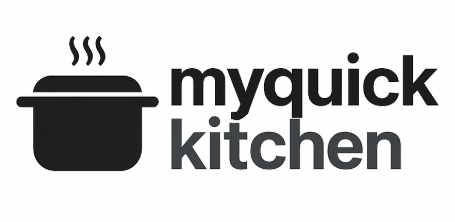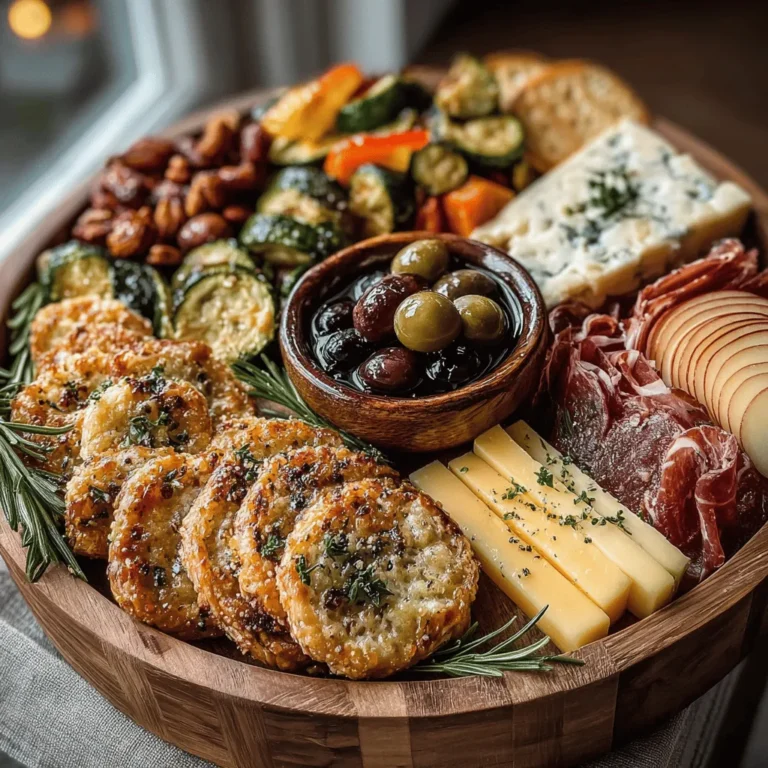Roasted Charcuterie Board Delight: A Culinary Experience
In recent years, charcuterie boards have taken the culinary world by storm, becoming a staple for gatherings, celebrations, and intimate dinners alike. What started as a simple platter of cured meats and cheeses has evolved into a canvas for creativity, showcasing a variety of flavors, textures, and colors. The roasted charcuterie board, in particular, elevates this trend by introducing warm, roasted elements that enhance the overall taste experience, making it a versatile appetizer perfect for any occasion.
The Allure of a Roasted Charcuterie Board
The roasted charcuterie board stands out for its unique blend of warmth and comfort, offering a delightful contrast to the traditional cold offerings typically found on charcuterie platters. The process of roasting not only brings out the natural sweetness in vegetables but also adds depth to the flavors of meats and cheeses, creating a harmonious balance that tantalizes the taste buds. Whether you’re hosting a holiday party, a casual get-together, or simply indulging in a cozy night at home, this roasted charcuterie board is guaranteed to impress.
This recipe embraces a medley of ingredients that cater to a range of preferences and dietary needs. From savory cured meats to creamy cheeses and crunchy nuts, each component plays a crucial role in crafting a well-rounded board. The addition of roasted vegetables not only enhances the flavor profile but also offers a nutritious twist that makes this charcuterie board both satisfying and wholesome.
A Closer Look at Charcuterie Boards
To fully appreciate the roasted charcuterie board, it’s essential to understand the concept of charcuterie itself. The term “charcuterie” originates from the French word for “pork butchery,” referring to the art of preparing and preserving meats. Traditionally, charcuterie encompasses a variety of cured meats, such as salami, prosciutto, and pâté, alongside accompaniments that enhance the dining experience.
Historically, charcuterie has been a way to preserve and utilize every part of the animal, particularly in European cuisines. Over time, this practice has expanded to include an array of ingredients beyond meats, influenced by local cultures and culinary traditions. Today, charcuterie boards can feature everything from artisanal cheeses and fresh fruits to gourmet spreads and pickled vegetables, allowing for endless possibilities in flavor combinations.
The cultural significance of charcuterie can be seen in its communal nature; sharing a beautifully arranged board fosters connection and conversation among diners. As charcuterie boards have evolved, they continue to reflect the creativity and tastes of the individual preparing them, making each board a unique expression of culinary artistry.
Ingredients Breakdown
Creating the perfect roasted charcuterie board begins with selecting high-quality ingredients that complement each other. Here’s a breakdown of the key components that make this recipe special:
– Cured Meats: The foundation of any charcuterie board lies in its meats. A variety of cured meats, such as salami, chorizo, and prosciutto, adds richness and depth. Each type of meat brings its own unique flavor profile, ranging from spicy and smoky to savory and sweet, ensuring a diverse tasting experience.
– Assorted Cheeses: Cheese is a vital component of any charcuterie board, and for a roasted variation, consider incorporating a mix of hard, soft, and blue cheeses. Options like aged cheddar, creamy brie, and tangy gorgonzola will not only enhance the board’s visual appeal but also provide a range of textures and flavors. Pairing suggestions, such as pairing a sharp cheese with a sweet element, can further elevate the experience.
– Roasted Vegetables: This is where the roasted element truly shines. Vegetables like bell peppers, zucchini, and carrots can be transformed through roasting, bringing out their natural sweetness and adding a warm, comforting touch to the board. Roasting also enhances the vegetables’ flavors, making them a delightful addition that complements the meats and cheeses.
– Marinated Olives: Olives add a briny, savory note that balances the richness of the meats and cheeses. Varieties such as Kalamata, Castelvetrano, and green olives, often marinated in herbs and spices, introduce a burst of flavor and a touch of Mediterranean flair.
– Sweet Elements: To create a well-rounded flavor profile, incorporating sweet elements such as honey or fig jam is essential. These ingredients provide a natural sweetness that contrasts beautifully with the savory components of the board, enhancing the overall tasting experience.
– Nuts and Fruits: Nuts add a satisfying crunch, while fresh fruits like grapes, figs, or apple slices contribute a refreshing, juicy element to the board. Not only do these additions provide nutritional benefits, but they also enhance the visual appeal, making the board more inviting.
– Bread and Crackers: The base of the charcuterie board is just as important as its toppings. Offering a selection of artisanal bread, baguette slices, and gourmet crackers provides a vessel for enjoying the meats and cheeses. Choosing variety in texture—from crunchy to chewy—ensures that each bite is a delight.
Preparation Steps for the Ultimate Charcuterie Board
Now that you have a grasp of the essential components, let’s delve into the preparation steps for creating the ultimate roasted charcuterie board. The initial step is crucial: preheating the oven.
– Preheating the Oven: Setting the right temperature for roasting vegetables is key to achieving the perfect texture and flavor. Preheat your oven to 400°F (200°C). This temperature allows for even roasting, resulting in caramelized edges and tender centers, which enhance the overall flavor of the vegetables.
With the oven preheated, you can begin preparing your selection of vegetables for roasting. Chop them into uniform pieces to ensure even cooking. Toss them in olive oil, salt, and your choice of herbs and spices before spreading them out on a baking sheet. This step not only enhances their flavor but also ensures they roast evenly, resulting in a delicious addition to your charcuterie board.
As you prepare the roasted vegetables, take the opportunity to arrange your cured meats, cheeses, and other elements on a large serving platter or wooden board. The presentation is just as important as the flavors, so consider the colors and textures of each ingredient, arranging them in a way that is visually appealing and inviting.
This initial phase of preparation sets the stage for assembling a stunning roasted charcuterie board that will not only impress your guests but will also delight the senses with each bite.

Roasting the Vegetables: Techniques for Achieving Perfect Caramelization
Roasting vegetables is a cornerstone technique that enhances their natural sweetness and brings out complex flavors. For your charcuterie board, consider the following steps for perfect caramelization:
1. Choose the Right Vegetables: Opt for hearty vegetables like bell peppers, zucchini, carrots, and red onions. These vegetables hold up well during roasting and provide diverse colors and textures to your board.
2. Prep for Success: Cut the vegetables into uniform pieces to ensure even cooking. Aim for bite-sized chunks or slices that are not too thick, allowing them to roast evenly and develop that coveted caramelized exterior.
3. Season Generously: Toss the vegetables in olive oil, salt, and pepper. You can add herbs like rosemary or thyme for an aromatic touch. The oil helps in achieving that beautiful golden-brown color while enhancing flavors.
4. High Heat is Key: Preheat your oven to a high temperature—around 425°F (220°C)—to promote caramelization. Spread the vegetables in a single layer on a baking sheet, ensuring they aren’t crowded. This allows for proper airflow and prevents steaming.
5. Roasting Time: Roast the vegetables for about 25-30 minutes, stirring halfway through to ensure even browning. They should be tender and slightly charred when done.
Arranging Meats and Cheeses: Tips for Visual Appeal and Flavor Harmony
When it comes to arranging meats and cheeses on your charcuterie board, presentation is everything. Here’s how to create an inviting and harmonious display:
1. Select a Variety of Meats: Choose a mix of cured meats such as prosciutto, salami, and chorizo. Each type offers a distinct flavor profile—salty, spicy, and rich—which can complement one another beautifully.
2. Incorporate Diverse Cheeses: Aim for a combination of textures and flavors, including soft cheeses like brie, semi-soft cheeses like gouda, and sharp cheeses like aged cheddar. This variety will entice different palates.
3. Creative Arrangement: Start by placing larger items, like wedges of cheese, first. Then, fold or curl the slices of meat and arrange them around the cheese. Consider using small bowls for items like olives or spreads to create visual balance.
4. Grouping for Flavor: Group meats and cheeses based on flavor similarities—pair tangy cheeses with sweeter meats and vice versa. This not only enhances the tasting experience but also makes the board visually appealing.
Incorporating Nuts and Fruits: Balancing Textures and Colors on the Board
Adding nuts and fruits to your charcuterie board not only brings additional flavors and textures but also adds a pop of color. Here’s how to do it effectively:
1. Choose a Variety of Nuts: Include a mix of textures with almonds, walnuts, and cashews. Nuts not only provide a crunchy contrast to the meats and cheeses but also offer healthy fats and protein.
2. Fresh and Dried Fruits: Incorporate seasonal fruits like grapes, figs, or apple slices for freshness. Dried fruits such as apricots or cranberries can add a chewy texture and sweetness, balancing the savory elements of the board.
3. Color Coordination: Use the natural colors of the nuts and fruits to enhance the visual appeal of your board. Arrange them in small clusters or scatter them throughout the board to create an organic, inviting look.
Serving Suggestions: Creative Ideas for Bowls and Garnishes
The way you serve your charcuterie board can elevate the overall experience. Here are some creative serving suggestions:
1. Use Unique Serving Ware: Consider using a large wooden cutting board or a slate platter. These materials not only look rustic but also add a touch of elegance to your presentation.
2. Small Bowls for Condiments: Incorporate small bowls for dips, spreads, or mustards. This not only provides a variety of flavors but also creates visual interest. Consider a honey pot for drizzling over cheese or a zesty chutney to accompany meats.
3. Garnishing with Fresh Herbs: Use fresh herbs like rosemary or thyme to garnish the board. They add a burst of color and a fresh aroma, enhancing the overall sensory experience.
Flavor Combinations and Pairings
Exploring the Flavor Dynamics of the Board Components
The beauty of a charcuterie board lies in its ability to provide a delightful array of flavors. Here’s how to explore the dynamics of your ingredients:
1. Contrast and Complement: Pair spicy salami with creamy brie for a balance of heat and richness. Similarly, the sharpness of aged cheddar can contrast beautifully with sweet figs.
2. Layering Flavors: Encourage your guests to layer flavors by stacking meats and cheeses with fruits or nuts. This creates a delightful surprise in every bite.
Suggested Wine or Beverage Pairings
Complement your charcuterie board with the right beverages to enhance the flavors:
1. Wine Pairings: A crisp Sauvignon Blanc pairs well with creamy cheeses, while a bold Cabernet Sauvignon complements rich meats. A light rosé can bridge various flavors, making it a versatile choice for diverse boards.
2. Non-Alcoholic Options: If you prefer non-alcoholic beverages, consider serving sparkling water with citrus slices or a refreshing herbal tea that can cleanse the palate.
Highlighting Seasonal Variations for Fresh and Vibrant Presentations
1. Seasonal Ingredients: In the fall, consider adding roasted pumpkin or squash to your board. In the summer, fresh berries and stone fruits like peaches can add vibrant color and flavor.
2. Festive Touches: For holiday gatherings, consider incorporating themed elements like cranberries or rosemary sprigs that represent the season, enhancing both flavor and presentation.
Health Benefits of a Charcuterie Board
Nutritional Advantages of Each Component
Creating a charcuterie board not only pleases the palate but can also offer several health benefits:
1. Meats: Cured meats like prosciutto provide protein and essential vitamins, although moderation is key due to sodium levels.
2. Cheeses: Cheese is a good source of calcium and protein. Opt for a variety of cheeses to benefit from different nutrients.
3. Vegetables: Roasted vegetables are packed with vitamins and antioxidants. Including a diverse range can boost the nutritional profile significantly.
4. Fruits and Nuts: Fruits are high in fiber and vitamins, while nuts provide healthy fats, promoting heart health.
Discussing Moderation and Portion Control
While charcuterie boards can be nutritious, it’s essential to practice portion control. Encourage guests to enjoy small bites, allowing them to experience a variety of flavors without overindulging.
Encouraging Mindful Eating Practices with Diverse Ingredients
Mindful eating involves savoring each flavor and texture. Encourage guests to take their time and appreciate the artistry of each component on the board, enhancing their overall enjoyment.
Presentation Tips for a Stunning Charcuterie Board
Creative Ways to Arrange Ingredients for Visual Impact
1. Layering and Height: Create visual interest by layering ingredients and using different heights. Place cheese wedges at varying angles and stack meats for a dynamic presentation.
2. Utilizing Shapes: Cut fruits and cheeses into different shapes—cubes, slices, or wedges—to add variety and intrigue.
Utilizing Colors, Shapes, and Heights to Enhance the Overall Aesthetic
1. Color Theory in Food: Use a mix of warm and cool colors to create an eye-catching display. The contrast of rich reds, greens, and yellows can entice the eye and invite guests to explore your board.
2. Height Variation: Consider using small risers or bowls to create height differences on the board, making it visually appealing and inviting.
Importance of Using Quality Serving Ware for an Elevated Experience
Investing in quality serving ware, such as handcrafted wooden boards or elegant ceramic bowls, can enhance the aesthetic and overall experience of your charcuterie board. Quality pieces not only elevate presentation but also add a touch of sophistication to your gathering.
Conclusion
Creating a roasted charcuterie board is not just about assembling ingredients; it’s about crafting an experience that delights the senses and brings people together. The joy of sharing a beautifully arranged board with family and friends can enhance any gathering, making it memorable.
Encourage culinary exploration by experimenting with different ingredients, flavor combinations, and seasonal variations. Each charcuterie board can be a reflection of your creativity and personal taste, allowing you to add unique touches that resonate with your style. So gather your favorite meats, cheeses, fruits, and nuts, and embark on a delicious journey of flavor and presentation that will leave a lasting impression on all who partake.


